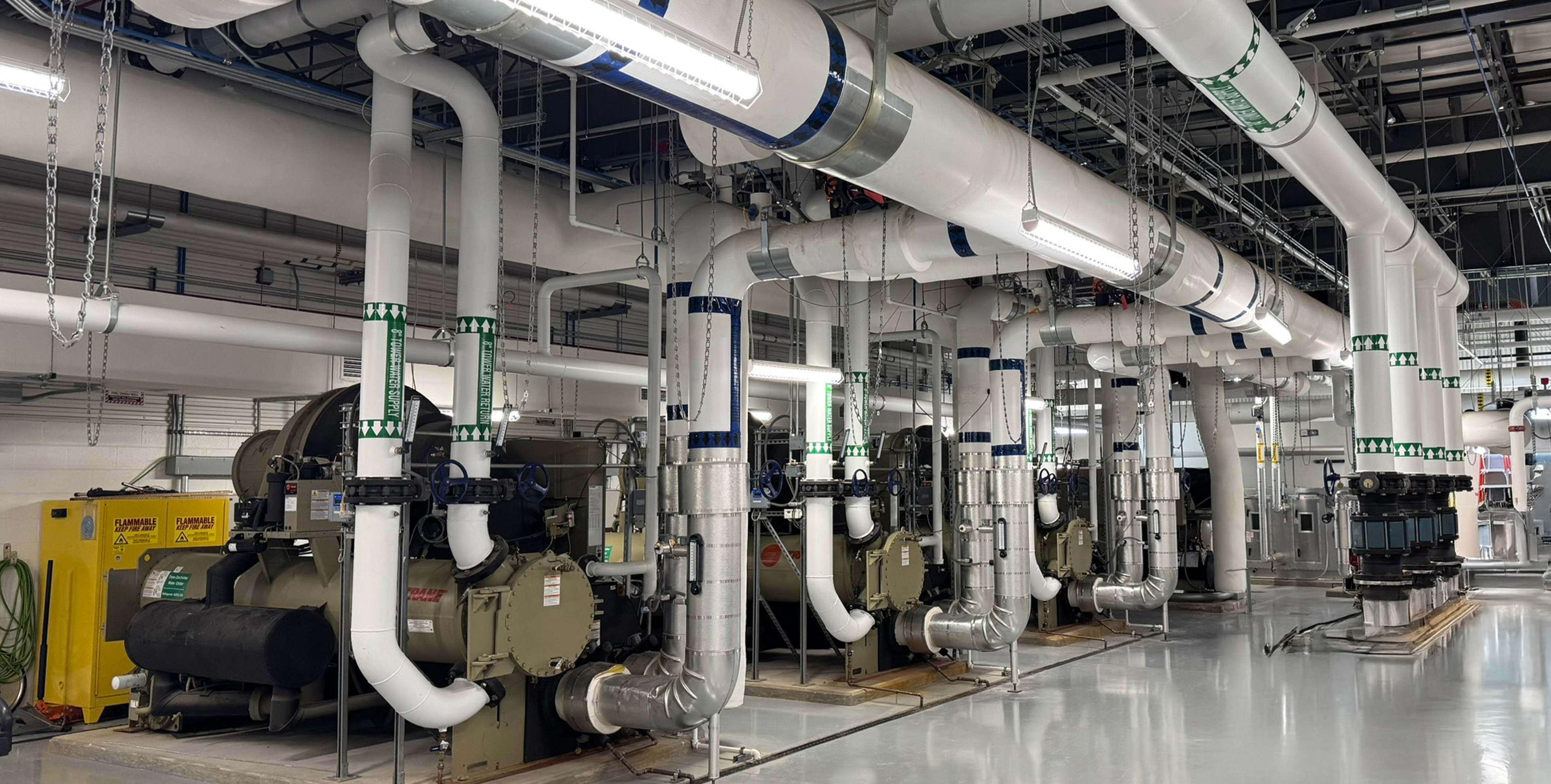This article previously appeared in the July/August Issue of Medical Construction & Design Magazine.
The healthcare industry faces growing challenges in the realm of design and construction. Challenges include higher construction costs, the scarcity of skilled labor and supply-chain stresses, new regulations, expanding schedules and the need to integrate more sophisticated technologies into new medical projects.
The way forward is to achieve cost-savings and innovation through an integrated approach to de-risking the entire design and construction process, but achieving this will require rethinking basic, decades-old workflows.
Rather than relying solely on preconstruction and estimating services from contractors, craft knowledge from the trades should be embedded into the design phase itself. By forming an advance coordination team—where tradespeople collaborate directly with architects and engineers before construction begins—the construction industry can reduce waste and deliver higher-quality outcomes by replacing the traditional design-intent model with shop-level precision.
In the traditional model, architecture and engineering firms' drawings represent intentions rather than fully realized structures. A vertical line may indicate a wall, but its internal components remain undefined. Likewise, a line symbolizing a three-inch pipe on its critical details, such as flange valves and fittings, which are only added later by subcontractors during fabrication.

Therein lies the rub. The lack of specificity in preliminary design intent models often leads to costly requests for information and change orders. Once the design intent is handed off to contractors, they make crucial decisions—either trimming scope to control costs or optimizing designs to benefit their bottom line. The industry, in other words, remains locked in a flawed model, incentivized to maintain this disconnect between design and fabrication. A true paradigm shift is needed—one that eliminates this gap by integrating subcontractor expertise earlier in the process.




.jpg)
.jpg)



